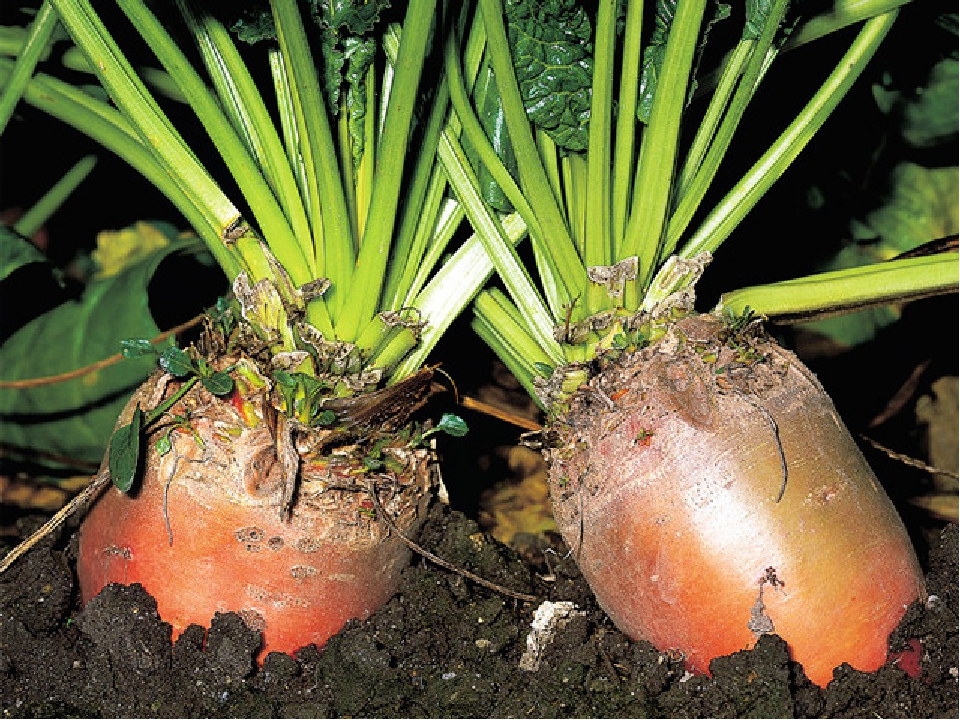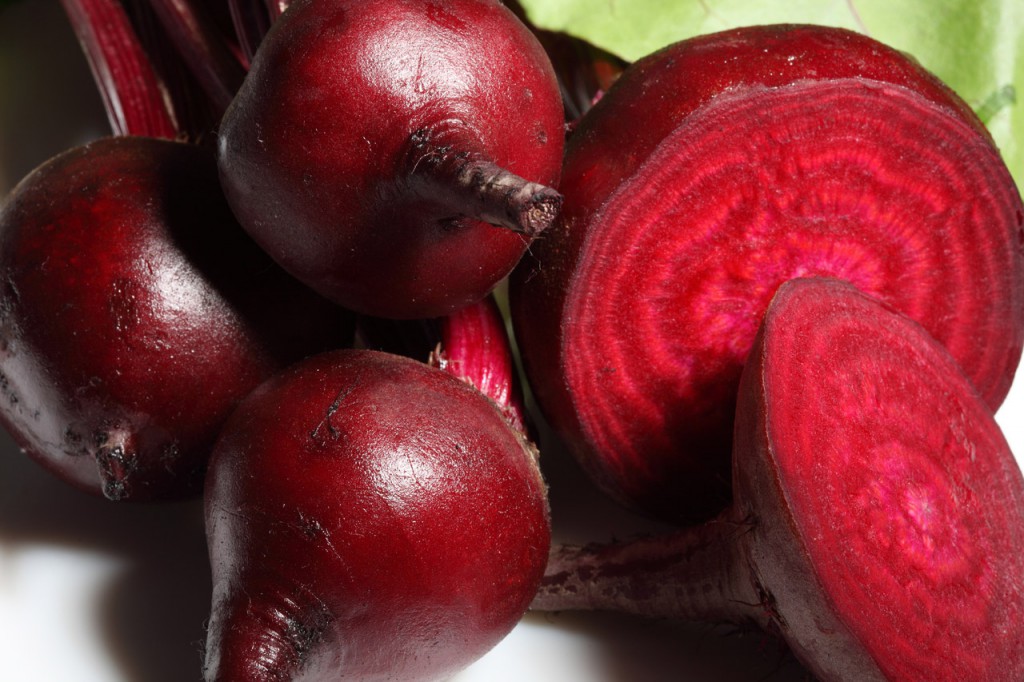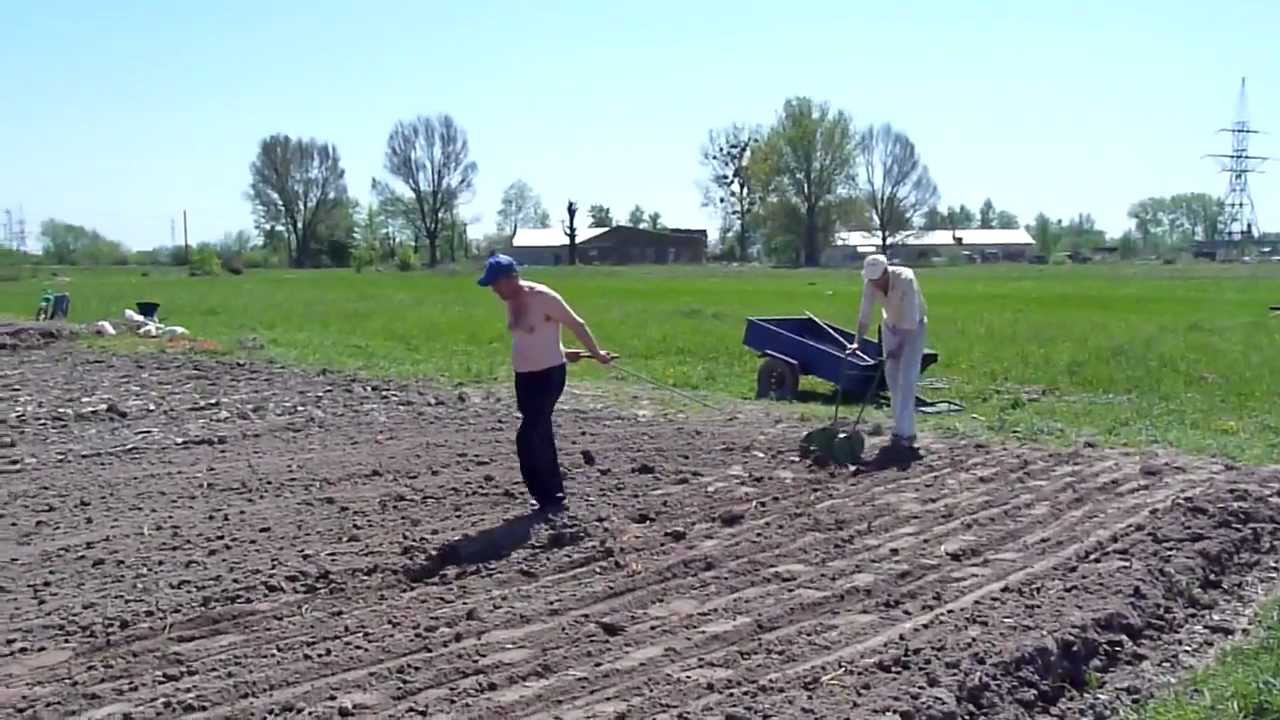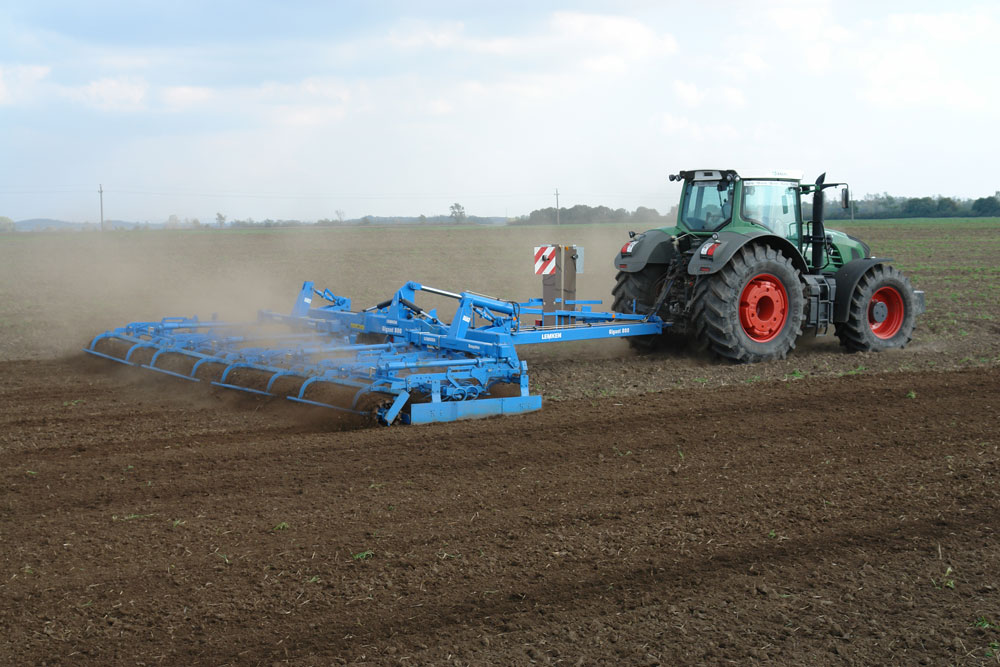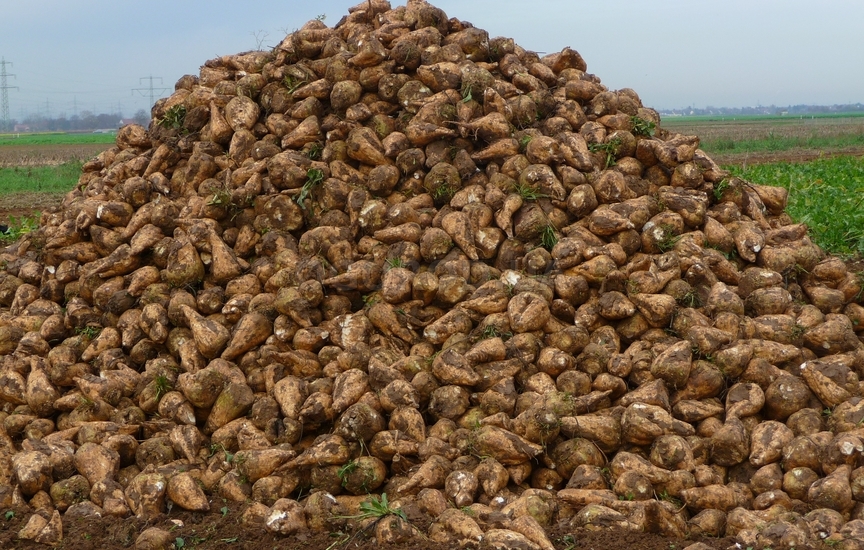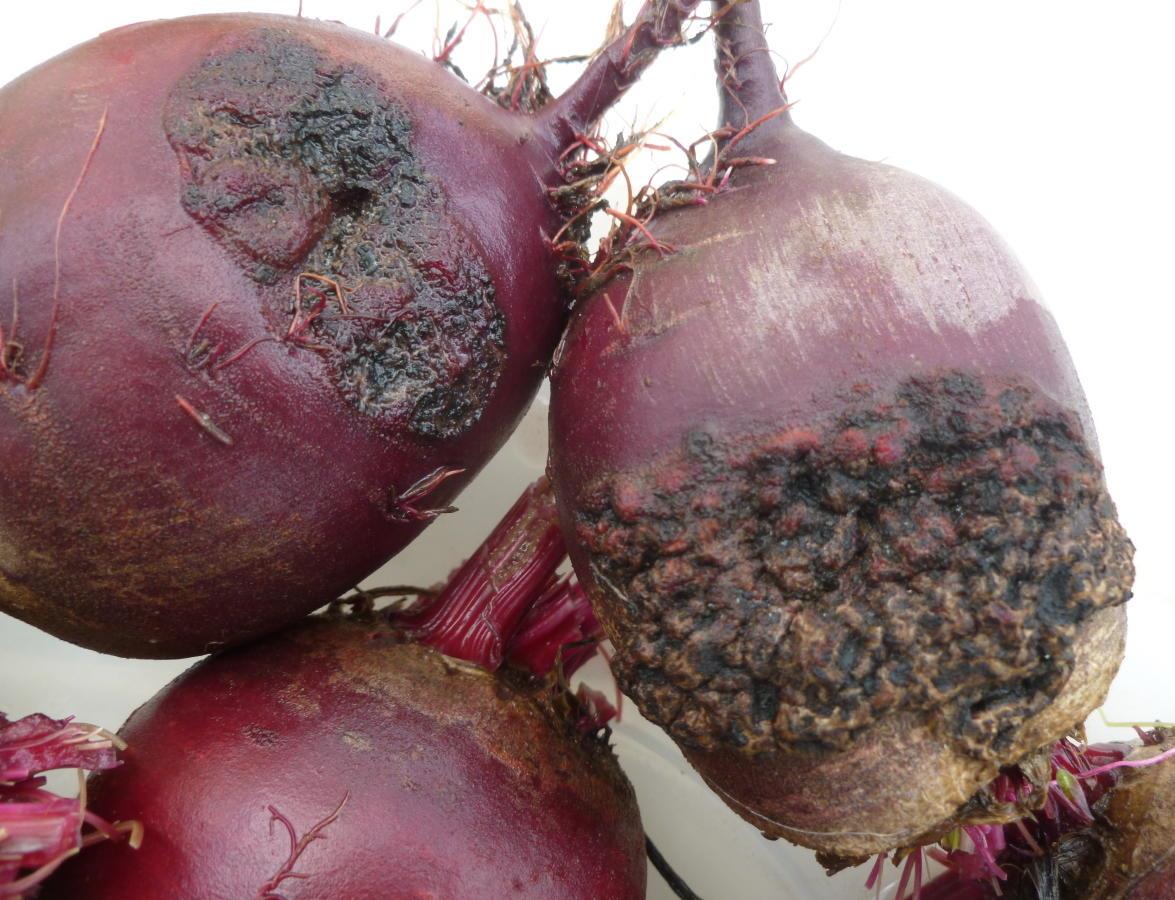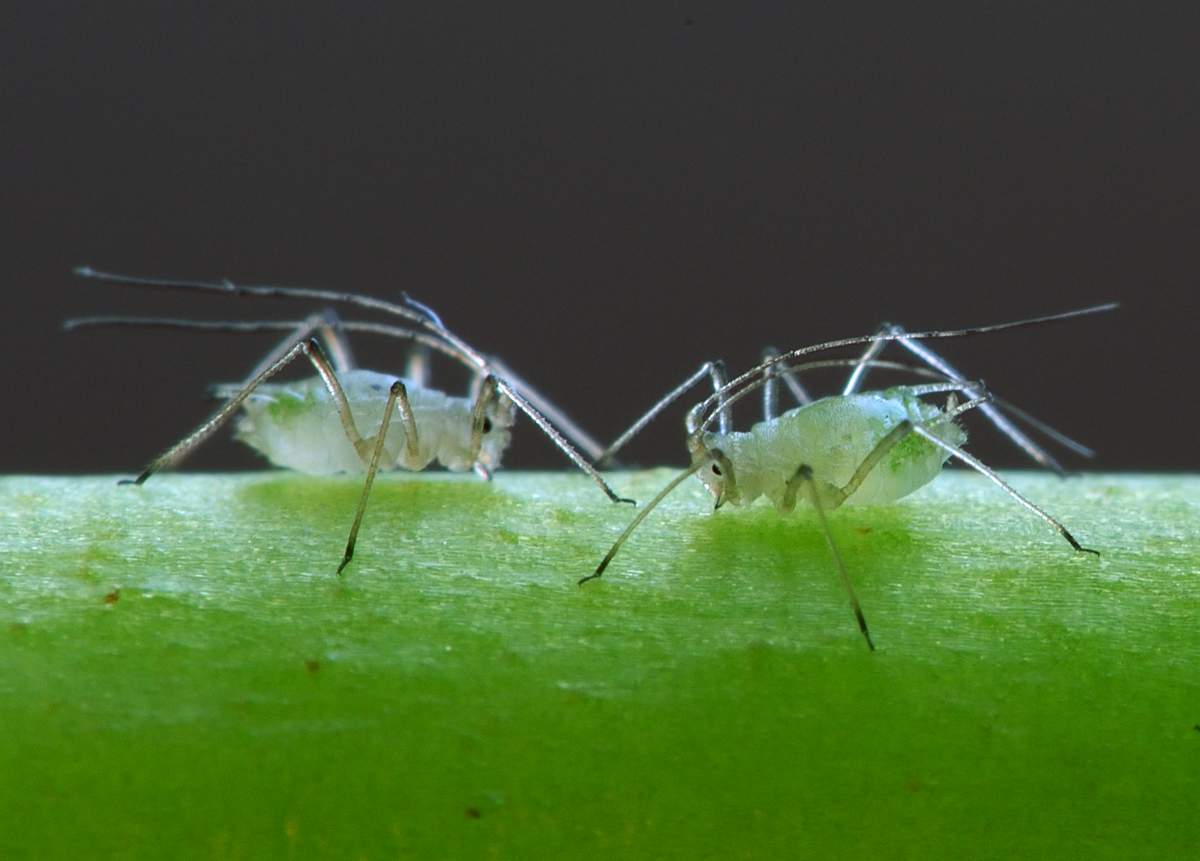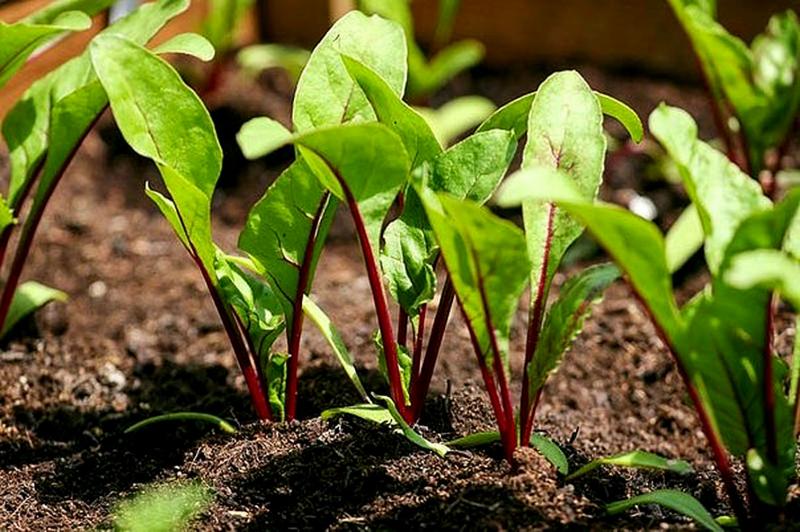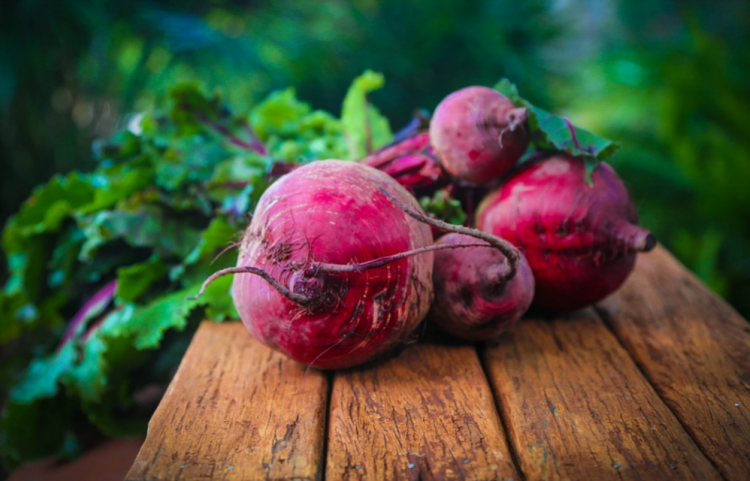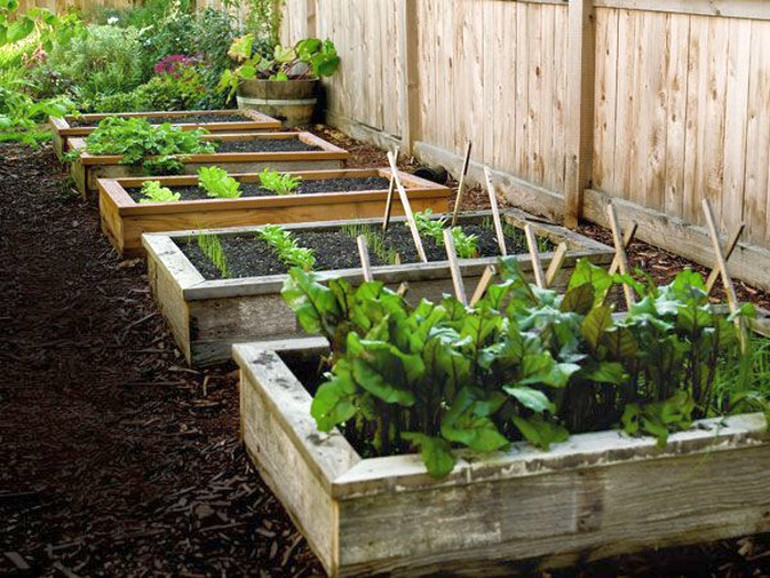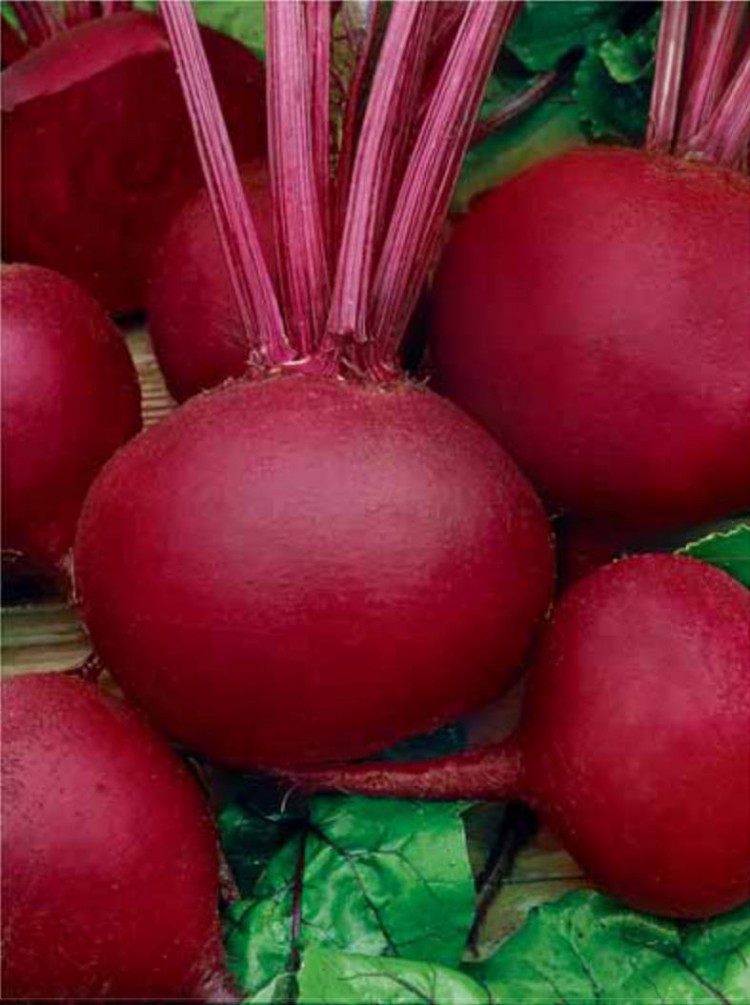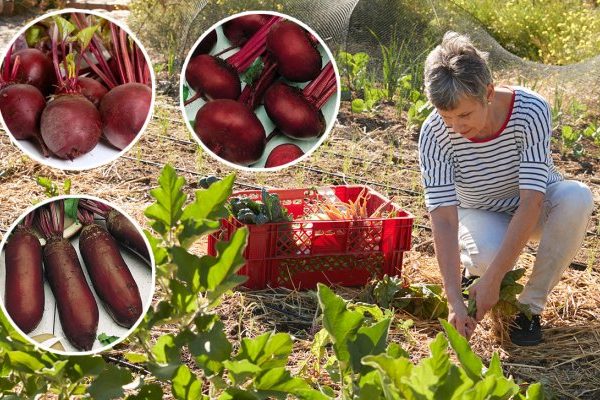Content:
Fodder beet is a plant that is widely used in agriculture. It is used for compound feed for livestock, since it contains a large amount of dietary fiber and fiber, which contribute to an increase in milk yield in cows and goats.
Description of fodder beet
Fodder beet is a two-year crop of the Marev family. In the first year of life, the plant has a thickening of the root crop, as well as the rosettes of the root part of the leaves, and in the second year, the place of dormant buds is replaced by shoots that bloom, and then bear fruits and seeds.
Fodder beets are formed due to the hypocotyl knee. The fodder vegetable contains, among other things, pectins and mineral salts that improve the absorption and digestion of silage in animals. The color of the root vegetables can be yellow pink or white.
Popular varieties
Most often, Russian farmers prefer to grow the following varieties of fodder beets.
Eckendorf yellow
The homeland of the hybrid fodder beet Eckendorf yellow is Germany. The variety belongs to the mid-season. The growing seasons of Eckendorf beets can vary from 110 to 135 days, depending on the region of planting. The beet has a rather large fruit, 15 to 20 cm long and weighing 900 to 1700 g. The color of the root is yellow, the flesh is white. In the process of cleaning, it can be pulled out of the ground without any problems. This type of fodder beet is cold-resistant. It can be planted in almost any soil - the plant is unpretentious in terms of soil fertility and moisture. The fodder crop has been included in the State Register of the Russian Federation since 1943.
Ursus Poly
The hybrid forage beet of Polish breeders belongs to the semi-sugar type. The color of the Ursus Poly beet is fodder yellow-orange, has a cylindrical shape. Individual roots can be up to 5 or 6 kg. The pulp is white and juicy. Since the surface of the root crop is smooth and little contaminated, it is easy to harvest the crop by hand. The plant is very resistant to disease. The growing season varies from 125 to 145 days, depending on the region in which it is grown. The Ursus fodder variety can be planted in almost any region. \
Lada
The fodder beet variety Lada is a high-yielding one. It is excellent for livestock feed. It contains from 11 to 13% sugar. Since the root crop is submerged in the ground on average by 50%, it is pulled out with great difficulty during harvesting, but it is completely unnecessary to use equipment for harvesting.
Almost any land is suitable for culture. The only condition is that it must be fertile. Sowing varieties can be carried out in almost any region.
Centaur
The Tsentaur variety was bred by breeders from Poland. It belongs to the multi-sprout semi-sugar type. Root crops are white and oblong-oval in shape. This root vegetable is suitable for feeding any domestic animal, be it a cow, goat, rabbit, etc.
Beet weight - from 1.3 to 2.9 kg.The main feature of the variety is the rapid growth of leaves and roots, as well as the absence of lateral branches in root crops.
Any soil is suitable for planting root crops; the culture does not require special care. The plant is resistant to most diseases that beets are susceptible to. The growing season can vary from 130 to 145 days.
Growing
In order to harvest a decent harvest of fodder beets, they should be properly planted in open ground. The first thing that needs to be done to grow beets for animal feed is not to be mistaken with the choice of the site. It should be level, without stones and sufficiently lit. In no case should there be trees and bushes near the planting site that can shade it. Otherwise, fodder beets are not too whimsical to the neighborhood. It can be planted next to other plants.
Despite the general unpretentiousness of the plant to the soil, the right choice is to grow the crop in neutral or slightly acidic soil.
In terms of crop rotation, fodder beets are best planted after any cereals, peas or corn.
Site preparation
The plot should be prepared for sowing in advance, in the fall. It is dug up, weeds are removed and fertilizers are applied (usually organic).
When spring comes, it will be necessary to re-plow the area with parallel fertilization. The soil should be moist and loose when ready to plant. Large clods of earth should not be allowed.
Planting of forage crops is carried out in early spring, from late March to mid-April, depending on the region. The main condition is that the earth must have time to warm up to an average of 5 degrees to a depth of 10 m.
Landing
Seedlings for planting fodder beets are practically not used. Seeds are used, which is not difficult to buy.
Before you start sowing seeds, they must be washed with any disinfectant solution, for example, potassium permanganate. This product helps to eliminate fungi, viruses and bacteria. It will not be superfluous to process the planting material and some kind of growth stimulant.
After seed treatment, grooves should be cut into beds at a distance of about 60 cm from one another. This distance will be enough to provide the plant with the necessary care and normal growth.
Like the sugar species, fodder beets should not be planted too often, to a depth of 3 cm. In order for the seeds to sprout quickly and without problems, it is additionally recommended to spill the rows with water and place the planting material in moist soil. Sprinkle the seeds on top with earth.
If the planting is done correctly, you can expect that the sprouts will appear in two weeks.
After planting, the grooves should be mulched with wood ash with the addition of mineral fertilizers. In the future, special care of the culture will not be required. It is enough just to regularly weed, water. A month before harvesting, watering should be almost completely stopped to avoid cracking of the root crop. A cracked crop will not only look bad, but it will also be worse in storage. To avoid root rot, it will need to be fed to livestock as quickly as possible.
When and how to harvest
Closer to September, fodder beets stop producing new leaves.At the same time, the old ones periodically begin to turn yellow and die off. The growth of root crops also stops by autumn. It is at this time that it is important not to water the plant.
Harvesting of fodder beets is carried out before the onset of the first frost, approximately in the first decade of October. If a slight decrease in temperature, on average to -2C, the plant will be able to withstand, but it is not a fact that the frozen root crop can be stored for a long time.
Harvesting should be done by digging in a little with a shovel or pitchfork. If storage is planned for a long-term, you should thoroughly clean the fodder vegetable from adhering soil and cut off the remains of the tops. Those root crops that were damaged during the assembly process should be fed to livestock first.
Storage of fodder beets should be carried out at temperatures from +3 to +5 degrees. Earthen pits, cellars and basements are ideal for this purpose.
In winter, the culture will become a real help in feeding livestock.
Diseases and pests
Fodder beets, like ordinary sugar beets, are susceptible to a number of diseases and pests during the growing season.
Both the first and the second cause significant harm to culture. There are two main methods used in pest control:
- preventive;
- fighter.
The difference between the two is obvious. Preventive methods include crop rotation during crop rotation, selection of healthy mother plants, cleaning crops from infected plants, seed dressing, timely removal of weeds, etc.
Extermination measures are mainly reduced to treatment with chemicals - pesticides. They should be used with great care, strictly adhering to the dosage and timing. The last treatment of plants must be carried out no later than 20 days before the start of harvest.
Corneed
It is caused by soil fungi and infects beet seedlings. Most often, the disease develops on acidic soils. The infection persists in the soil for a long time, and is transmitted with seeds. The manifestation of the disease is browning, as well as decay. In order not to open access to infection, it is recommended to liming the soil and introduce boron before sowing. It will be quite effective to pickle seeds with fentiuram at the rate of 4 g per 1 kg of seeds.
Beet flea
The beetroot flea is a fairly common parasite, which is a black beetle with a green or bronze tint. The harmful insect hibernates in the beetle stage and infects the plant in spring, as soon as the temperature begins to exceed 8 degrees. In hot and windy weather, the harm from the insect is especially great, the flea eats holes in the plant. As a result, the damaged leaves dry out over time.
The easiest way to deal with the pest during its hibernation, directly in the wintering grounds. They are pollinated with dust. When planting in the wells along with fertilizers, it will be effective to add hexachloran as a preventive measure.
Beet weevil
Wherever the plant grows: in the southern climate, near the city of Moscow or in the northern regions, it remains susceptible to attack by the beet weevil, a beetle with a grayish-brown color.
The bugs mainly damage the leaves, but they can also gnaw through the lateral roots and gnaw elongated passages in the roots. All this negatively affects the plant and worsens the yield.
In places of mass destruction of weevils, a system of trapping grooves is used every 5 meters, the bottom of which is sprinkled with HCH. In addition, it is very effective to treat with heptachlor before sowing.
Beet aphid
This parasite is of two types: wingless and winged. Aphids affect foliage, which begins to curl and stagnate.Peduncles damaged by aphids begin to dry out, the bedrust crumbles. All this inevitably leads to a decrease in seed yield.
Spraying with nicotine or anabasine is especially effective against beet aphids.
Beet miner fly
This parasite infects the testes as well as first-year plants. The harmful insect hibernates usually in the soil in the form of a pupa. Flies begin to fly towards the end of May. They lay eggs on the underside of the leaves in rows of several. In just a few days, larvae hatch from the eggs, which take root in the pulp of the leaf and feed on it. As a result, swollen spots (mines) begin to appear on the leaves. Damaged leaves dry out over time. The larvae of the second generation appear in August, and the third in September. So the gardener has to deal with them throughout the growing season.
It is possible to destroy the beet miner fly not only through careful autumn plowing in order to destroy pupae. As the larvae appear, the plants are strongly recommended to be treated with chloroform and dust.
